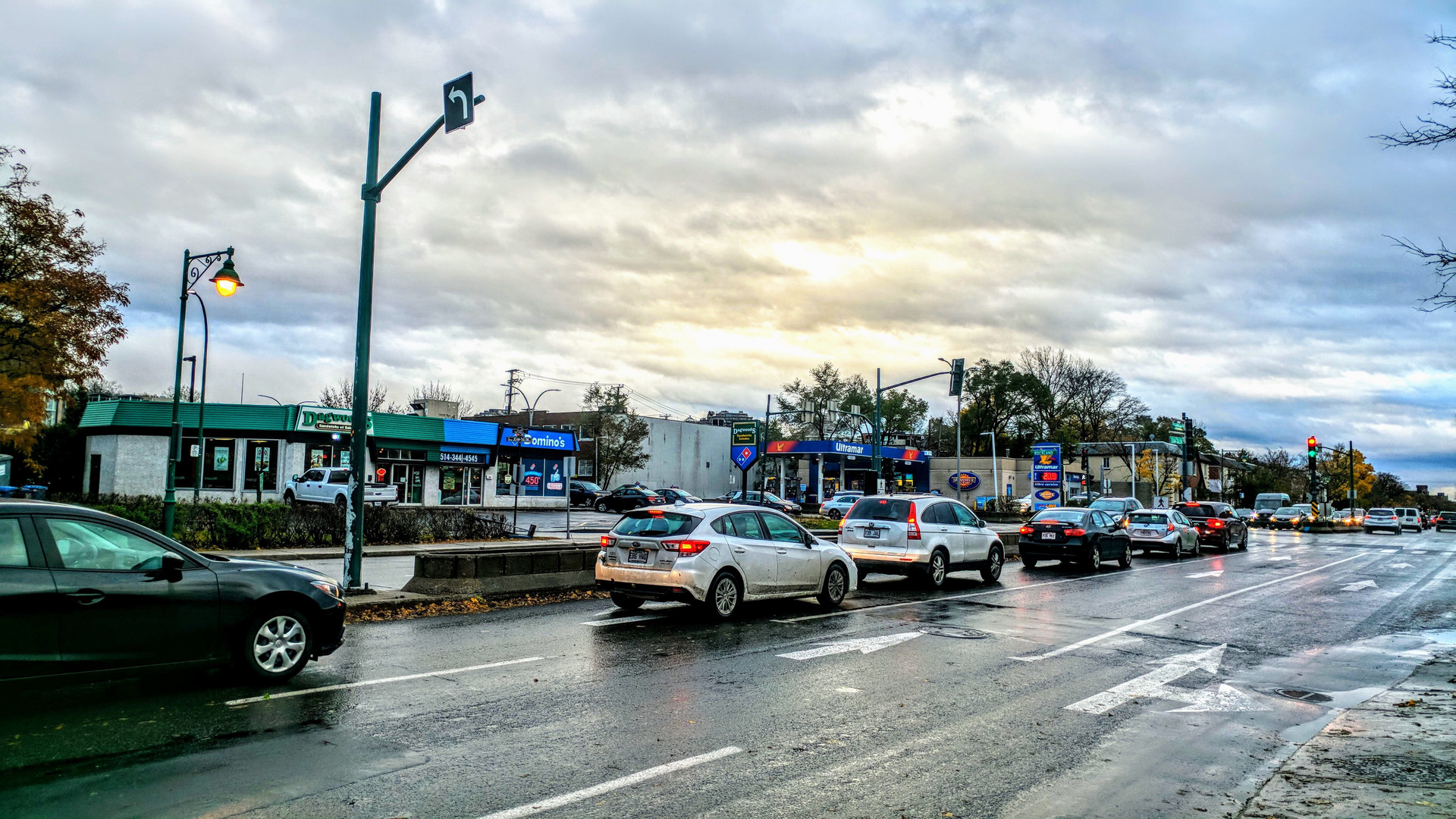Data-Driven Site Selection Revolutionizes Convenience Retail Expansion
.jpg)
Try TrafficZoom’s AADT metrics today with a free trial
Get instant access nowAs Parker's Kitchen unveils its newest store in Conway, South Carolina, this expansion adds another chapter to a fast-evolving convenience retail landscape. High-profile investments like Parker's $200 million regional initiative—projected to generate 500 jobs—underscore the scale and impact of smart, evidence-based site selection. But beneath celebratory ribbon cuttings lies a more complex dynamic: how do leading brands systematically identify sites with the strongest potential for sustained revenue, efficient operations, and community integration? Here is where sophisticated traffic analytics, such as those provided by Ticon's C-Site platform, fundamentally alter the odds of long-term success.
Moving Beyond Traditional Guesswork
Historically, retail expansion into new markets like Myrtle Beach hinged on local intuition, historic sales data, and broad demographic summaries. In today's hypercompetitive convenience market, such approaches leave too much to chance. C-Site's methodology brings empirical rigor to the process, blending high-resolution, year-round vehicular traffic observations with comprehensive data on area demographics, road network characteristics, and the existing competitive landscape.
For instance, C-Site evaluates candidate locations on attributes such as:
- Proximity to primary connectors carrying 2,000 to 15,000 vehicles daily (optimal for C-store performance)
- Residential density—ideally 2,000 to 3,000 people per square mile within a mile radius
- Detailed breakdown of local versus transit traffic, using speed-distribution graphs to estimate “willingness to stop” rates
- Corner site preference with easy ingress/egress and visibility, boosting impulse stop likelihood
These criteria are not merely theoretical. Ticon analysis shows that c-stores with optimal AADT (Annual Average Daily Traffic) and proximity to strategic traffic generators (such as schools or employment centers) consistently outperform stores in lower-traffic, less accessible locations.
Quantitative Impact: What the Data Reveals
Drawing from Ticon's research across 88 c-store locations, including both established brands and new entrants, the correlation between empirically measured traffic data and store visit rates is clear. Across the board, a 1,000-vehicle increase in daily road traffic around a site translates to an estimated 3.2 to 5.6% conversion to store visits, according to C-Site's advanced “Total ADT” concept. In one flagship case, the opening of a competitor's new site led to a surge of 400+ vehicles per day—boosting nearby store visits by 30%, purely due to increased destination traffic.
Site-specific analysis also exposes highly localized variation. Ticon's studies reveal that traffic volatility from one store location to another—even within the same metro area—can reach double-digit percentage swings on a monthly basis. Only ongoing, site-specific monitoring of traffic trends, as practiced in the C-Site approach, provides the necessary clarity to minimize risk and optimize investment.
The Advantage of Local vs. Transit Traffic Differentiation
Quality matters as much as quantity. C-Site's reports do not simply tally passing vehicles. Instead, they analyze driver behavior, using speed and stopping patterns to differentiate between local residents more likely to become regular customers and through-traffic less apt to stop. This nuanced perspective directly informs inventory planning, staff scheduling, and in-store experience design.
For instance, convenience locations with a higher proportion of local, repeat customers may benefit from broader foodservice menus and loyalty programs—Parker's strategy of on-site, chef-prepared Southern food aligns with this principle. By contrast, sites dominated by commuter flows may prioritize grab-and-go offerings and extended operating hours.
Beyond the Grand Opening: Continuous Performance Monitoring
The utility of C-Site analytics does not end with ribbon cuttings. Ongoing trend analysis, updated with fresh traffic data and competitive intelligence, supports operational management and marketing. Managers gain the ability to:
- Adjust staff schedules to match the by-hour and seasonal traffic peaks revealed in C-Site heatmaps and day/hour distribution charts
- Plan promotions or inventory purchases around forecasted high-traffic periods
- Benchmark performance against peers using comparative traffic and revenue trend analysis
In retail site selection, the cost of getting it wrong—be it underperforming sales, excess labor expense, or lost supply chain efficiency—can dwarf the upfront investment in sophisticated analytics. As Parker's and its peers continue to transform convenience retail, competitive advantage increasingly accrues to brands that base location decisions on real-world, granular traffic evidence tailored to their operating model.
Conclusion: Data-Driven Expansion is No Longer Optional
As consumer expectations escalate and regional competition intensifies, the days of relying on anecdotal wisdom are over. Armed with comprehensive, year-round traffic analytics from C-Site, modern convenience retailers are empowered to select, launch, and operate new sites with pinpoint precision—maximizing ROI and insulating against the inevitable fluctuations of a dynamic marketplace. For brands seeking to replicate Parker's momentum or defend existing turf, evidence-based location intelligence is not just a useful extra—it is the new baseline for strategic growth.
Key supporting metrics from Ticon/C-Site research:
- Optimal site selection: Proximity to connector roads with 2,000–15,000 daily vehicles; target of 2,000–3,000 people per sq mi within one mile
- Average conversion: 3.2–5.6% of total adjacent road traffic translates to potential store visitors (C-Site “Total ADT” methodology)
- Competitor effect: New competitor openings can increase existing store visits by up to 30% due to clustering (case study: North Carolina, 2023)
- Traffic volatility: Monthly swings can exceed 10% between stores in the same metro market, reinforcing the need for ongoing monitoring














